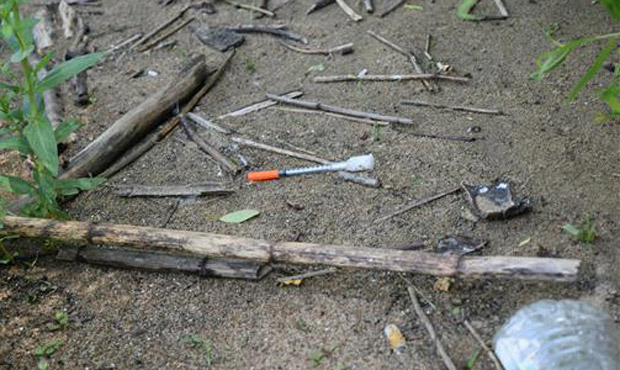BrandView
WSU researcher offers eye-opening insight on value of sleep

SPONSORED — It’s a wonder Hans Van Dongen can find time to sleep, but working at one of the most advanced sleep and performance research centers in the world, he knows exactly how critical shut-eye is to human health. With an impressive, globe-spanning educational background, Van Dongen came to Washington State University‘s health sciences campus in Spokane, Washington, set on understanding and advancing the world of sleep research.
A backdrop for innovation
It may not be the Ritz Carlton, but the Sleep and Performance Research Center certainly has seen its share of sleep cycles. This 10,000 square-foot facility in Spokane serves as Van Dongen’s team’s research lab, and represents Washington State University’s Grand Challenges initiative. The multi-faceted Grand Challenges organize WSU’s cutting-edge research efforts to tackle complex, societal problems.
At the facility, which features a four-bedroom suite, study subjects stay anywhere from four days to three weeks, allowing Van Dongen and his team to carefully study the effects of sleep and sleep loss on cognitive functioning. The lab’s integrated sleep/wake/work facility is the only of its kind in the world.
“This lab was built with the specific purpose of doing research at the intersection between basic science, looking at what goes wrong in the brain when you’re not getting enough sleep and what gets fixed in the brain when you do get enough sleep, and how sleep and sleep loss play out in the real world,” Van Dongen said.
The findings
Through his research, Van Dongen has witnessed the effects of sleep loss, both short term and long term. And what his team has found has a major impact on, well, everyone.
“There’s so much research going on right now. We’ve learned that if you don’t get enough sleep, it has short-term consequences,” he said. “You’ll make more errors, you’ll feel less well and your mood might deteriorate.”
Additionally, the research also confirmed that repeated sleep loss can cause a variety of ills, from sleep disorders to cardiovascular disease, diabetes, weight issues, metabolic problems, gastrointestinal illness and cancer.
That said, there are still many questions to be answered.
“We’re not 100 percent sure yet exactly how you get from the short-term effects to these long-term effects, other than we know it happens,” Van Dongen said. “And the difficulty in that regard is, of course, to really nail that down you need to follow people for multiple weeks to multiple years, and that kind of research is very costly and difficult to do.”
Currently, the WSU research team is focusing on the effects of short-term sleep loss, particularly the connection between worker fatigue and decision-making in 24/7 industries with long hours, high workloads or both. The idea, Van Dongen emphasized, is to change the conditions that lead to on-the-job accidents or worse.
“Think accidental disasters like Chernobyl and the Space Shuttle Challenger,” he said. “Both (were) precipitated by human error affected by inadequate sleep.”
WATCH: Big Ideas for Health – Sleep Research
The impact
While research is ongoing, Van Dongen and his team have made a big impact in the world of sleep study. The team recently concluded a multiple-phase research project for the Federal Motor Carrier Safety Administration, determining whether work schedule regulations governing rest periods for truck drivers allowed for optimal recuperative time for drivers working the night shift. The research found that it didn’t, so the team conducted a new study testing the effectiveness of new regulations. These new regulations were indeed effective in mitigating driver fatigue compared to the previous rules.
“That’s the full trajectory of taking research all the way from the lab into the actual real world and showing that it makes a difference,” Van Dongen said. “And that’s an exciting trajectory.”
Particularly innovative is the drowsy driver detection device the team developed from 2010 to 2011 and recently patented. The device offers an inexpensive and user-friendly technology that helps catch fatigue earlier by measuring a signal generated from the movement of the steering wheel. Van Dongen is currently working to move the device to the commercial marketplace.
Advances such as these keep Van Dongen doing what he does. He knows that his, and his colleagues’ research make differences that improves the lives of all of us.
“Fatigued workers cost the U.S. economy billions of dollars a year. Not all of that could be recovered simply by saying that we need to sleep more because the economy operates 24 hours a day,” he said. “But can we do better? And the answer is we can.”





































Comments